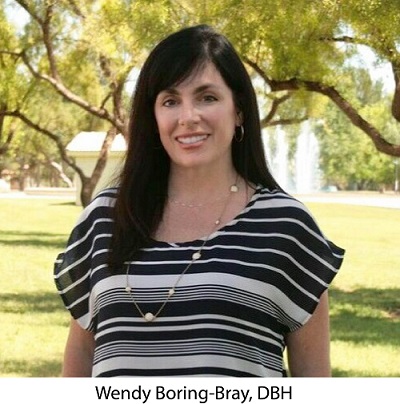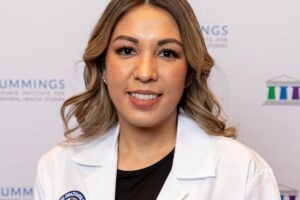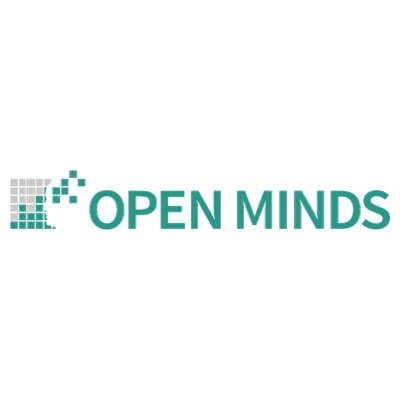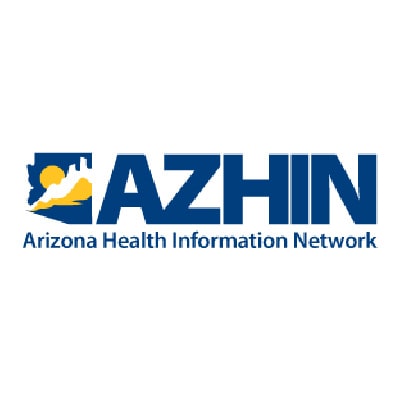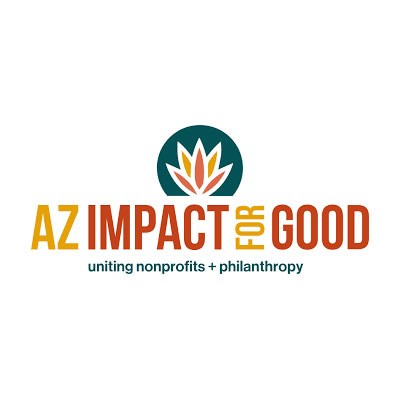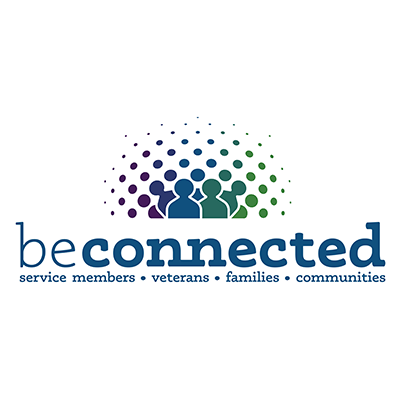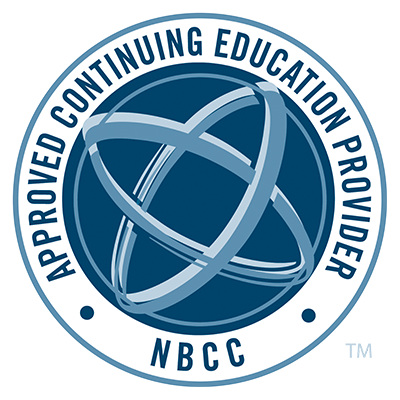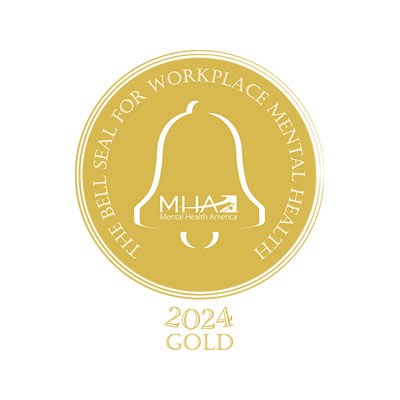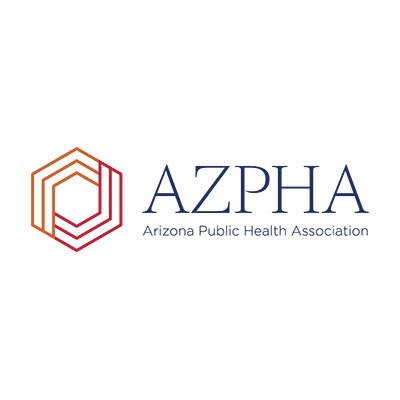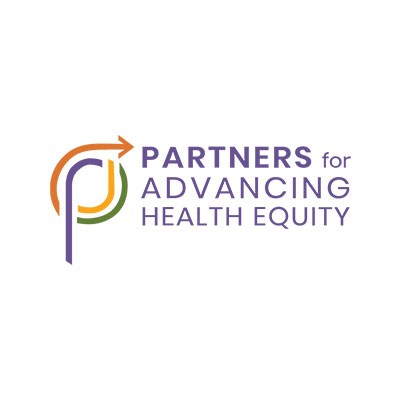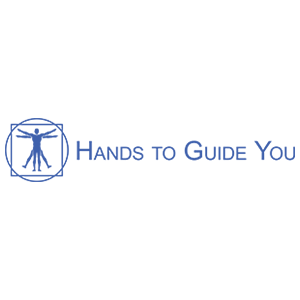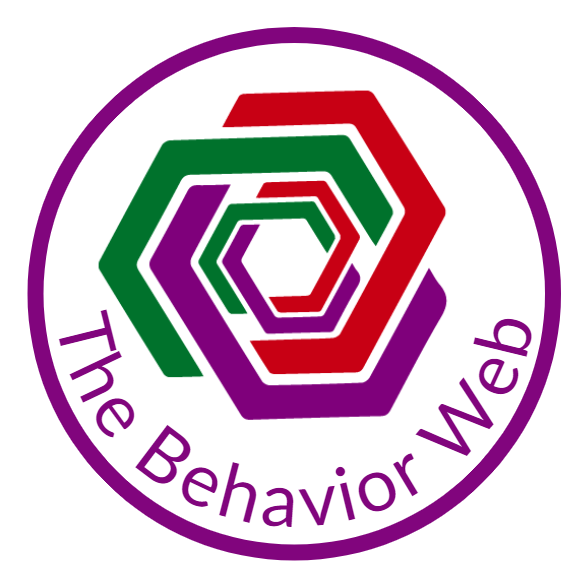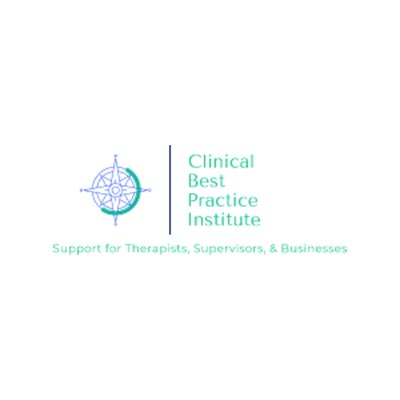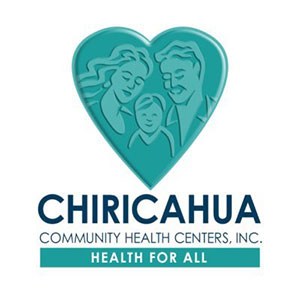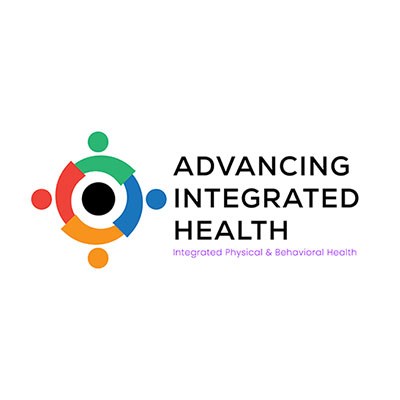by Janet L. Cummings, Psy.D
Recently, in CGI’s weekly Biodyne Grand Rounds, which is our weekly case conference amongst faculty and students, our newest faculty member, Dr. Wendy Boring-Bray, gave a dynamic presentation on shared decision-making. She explained that this model views patients and medical providers as members of the same team. Patients have a “voice” and make their own healthcare decisions, once their healthcare providers have armed them with the information they need to make wise choices. Dr. Wendy shared a lot of excellent materials that can be used to help patients understand the pros and cons, and risks vs. benefits, of various healthcare decisions they may need to make.
The theory and practice of shared decision-making resonated with me. Dr. Wendy shared things that have been part of the Biodyne Model all along. For example, the Biodyne Basic Therapeutic Contract, which we make with our patients, states explicitly that we are partners in meeting the patient’s goals and in making the therapist obsolete. Before we embark on trying to affect change in our patients, we ensure that the goals we have in mind are the patient’s goals and not just our own. We assign homework, as this permits our patients to take ownership of their goals and progress toward them.
Even though the Biodyne Model has always employed these principles, we have never had a name for them. Dr. Wendy provided that for us. The term “shared decision-making” puts a name on what we’ve always done.
I have practiced shared decision-making in my personal healthcare for many years now. I ask questions, lots of questions, and do my own research. I learn as much as I can about my medical issues, and then engage in a partnership with my physicians to make the best possible decisions. I don’t tolerate the paternalistic approach in which a doctor tells a patient what is going to happen and what the patient must do.
I got to thinking that healthcare and education are not all that different, and perhaps the principles of shared decision-making apply to education as well as to healthcare. In fact, we have been using the principles of shared decision-making at CGI since the very beginning. We just didn’t have a name for what we were doing until Dr. Wendy gave us one.
Our Doctor of Behavioral Health students are bright, competent professionals, who typically come to us with about ten years of clinical experience. They know what they want from their DBH educations, and they know where they want to go in their careers. There’s no way that these brilliant and assertive people are going to let us dictate what they need or even insinuate that we know what they need better than they do.
We listen to our students. We don’t just pay lip service, but we genuinely listen and try to understand their needs and wants. We have made many changes in response to what our students tell us. For example, our students told us that our internship program was obsolete, as they were already working in medical settings and could not leave their paid jobs to work for a non-paying internship. We actually re-wrote our curriculum accordingly. Many prospective students told us they could not afford our tuition, and our current students told us they were struggling to pay their tuition. So, we lowered tuition, and not just by a minimal amount. We slashed it.
I sincerely hope that the healthcare of the future is a system that respects patients and encourages them to share in medical decision-making. I also hope that the future of education is a system that respects students and encourages them to be active voices with regard to their educational needs. I believe that CGI is going to help fulfill both my wishes, as we encourage our students to take active roles in their educational decision-making and train them to engage patients in shared decision-making.

